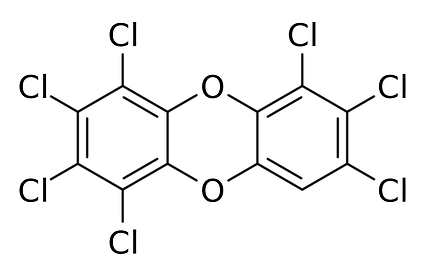

ENVIRONMENTAL CONTAMINANTS STUDY
From 2014-2015, QARS conducted a study that measured the levels of PCBs, dioxins (PCDDs), and furans (PCDFs) in chinook salmon from Chemainus and Cowichan Rivers. This study was funded by the First Nations Environmental Contaminants Program. A summary is provided below.
What are PCBs?
PCBs, or polychlorinated biphenyls, are a synthetic class of stable, waxy to oily compounds. These compounds were used as heat resistant coolants or insulators in electrical equipment, as plasticizers, solvents, degreasers, and in many industrial processes. The use of PCBs was banned in Canada in the 1970s; however, PCBs are still common in landfills, sediments, and wildlife.
What are Dioxins and Furans?
Dioxins and Furans are by-products of industrial processes, such as chlorine bleaching in pulp mills and the incineration of municipal and industrial waste. Forest fires, volcanic eruptions, and residential garbage burning can also produce these contaminants. In 2000, Canada, along with 122 other countries agreed to a United Nations treaty to phase out dioxins and furans.

Dioxin

Furan
Why do we care about PCBs, Dioxins and Furans?
These contaminants are persistent (stay in the environment for a very, very long time), toxic, and accumulate in fatty tissues of humans and animals. The farther one travels up the food chain, the more concentrated these contaminants become.
What are the negative health effects?
PCBs, dioxins and furans can have negative effects on the immune, reproductive, nervous, and endocrine systems. PCBs are known carcinogens.
How do chinook salmon fit in?
Studies have shown that chinook salmon accumulate PCBs, dioxins and furans. Therefore, consumers (humans and animals) of chinook salmon are exposed to these contaminants.
What did we do?
We tested muscle and skin tissue from Chemainus and Cowichan River chinook salmon for PCBs, dioxins and furans to determine if there is a potential health risk to consumers of these fish.
What did we find?
While PCBs, dioxins and furans were present in all fish sampled, they occurred in low concentrations that are typical for the region. These results suggest that consuming chinook salmon should pose no health risk from exposure to PCBs, dioxins, or furans.

